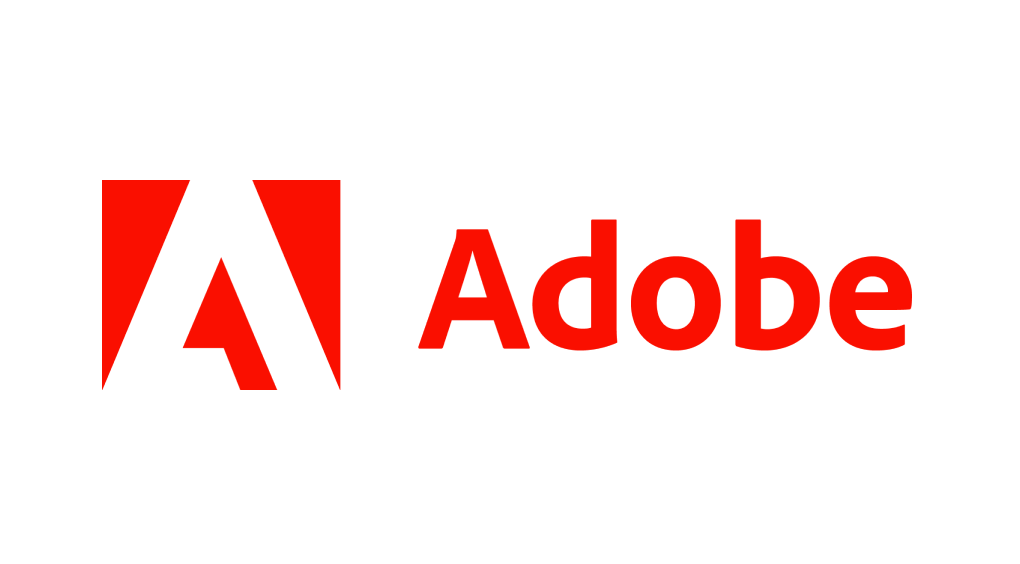Every business aims to create a website that meets both customer needs and business goals. We want users to find what they’re looking for easily while enjoying a smooth and intuitive experience. But if every user has different needs, how can you deliver an experience that works for everyone? The key lies in an optimized and personalized approach. Using Adobe Target, we help our clients improve their websites through A/B and multivariate testing and serve content that fits customer needs.

Every business aims to create a website that meets both customer needs and business goals. We want users to find what they’re looking for easily while enjoying a smooth and intuitive experience. But if every user has different needs, how can you deliver an experience that works for everyone? The key lies in an optimized and personalized approach. Using Adobe Target, we help our clients improve their websites through A/B and multivariate testing and serve content that fits customer needs.

At FELD M, we specialize in delivering a tailored Adobe Target implementation that fits your needs. This includes:
Website testing is essential to understanding how changes impact your conversion rate. It lets you make informed, data-led decisions that improve your website’s design and user experience, ultimately driving business growth.
FELD M can help you with:
There’s no such thing as “one size fits all” when it comes to products. That's why delivering personalized content and recommendations is key. Your content should be tailored to your customer’s interests, their stage in the user journey, and their previous touchpoints across different marketing channels. At FELD M, we help you build customer profiles from every user interaction, ensuring that you deliver the content your customers want to see.
We can support you with:
As you scale your personalization efforts, managing multiple rules and offers can quickly become overwhelming, potentially hindering the effectiveness of your targeted content delivery. With the AI capabilities of Adobe Target, we help you automate key processes—like allocating segments for testing, delivering personalized content, and choosing the best offers to be presented to a customer. This automation not only simplifies the process but also ensures more accurate, efficient, and scalable content delivery.
Enable your employees to get the most out of Adobe Target with our personalized, hands-on training, tailored to your technical environment and implementation. With a clear and practical approach, our training sessions empower your team to work independently with Adobe Target, whether they are beginners or have some existing experience with the tool.
We cover topics such as:
It’s not easy to see the pitfalls of the website you work with every day. Our team of UX and CRO specialists help you analyze your web data, audit your website, and develop and test hypotheses for improvement with Adobe Target.



Make your setup the best it can be thanks to a team of experts trained to spot inconsistencies and align your needs with the latest requirements.
All the data you need, and none of the data you don’t – so you can focus on your goals.
We work on both the business and technical side, helping to translate your requirements into a watertight tracking concept.
From consulting, to implementation, to analysis, we’re at your side every step of the way.
Say goodbye to one-digit conversion rates and poorly configured A/B tests
Unlock the full potential of Adobe Analytics with FELD M’s experts
What is A/B testing?
A/B testing (also known as split testing) is a method of comparing at least two versions of a website or app to determine which version performs better against a defined website target.
Why A/B testing?
Quantitative data speaks for itself. So far, your employees and you could only guess how visitors of your website will respond to a particular design of your website or app. A/B testing gives you the opportunity to show visitors two versions of the same page. Based on the results, you can then determine which variant works better. Continuous testing and optimizing your website based on the test results helps to improve your website goals such as increase in sales, revenue, donations, leads, registrations, downloads or the number of user-generated content while providing valuable insight into visitor behaviour.
A/B testing also allows a comparison of the effects of different prices, promotions and similar factors. The goal is always to optimize a product or a service in such a way that as many users as possible are addressed and lead to a (purchase) action. A/B testing is designed to improve website performance and typically increase conversion rates.
Why should I use a testing tool instead of just changing the website and comparing results?
If you show two versions of the website at different times, you can never be sure what exactly impacted user behavior. Different marketing campaigns, social media activity, referral traffic, bank holidays, even the weather can all play a role! With a testing tool, you can split traffic between versions simultaneously, isolating the impact of each design. This also lets you safely test changes with a small subset of visitors, minimizing risks to your overall conversion rates if the change doesn’t perform as expected. Once you achieve statistical confidence in the results, you can confidently apply the winning version to all traffic.
How does A/B testing work?
In A/B testing, you use live traffic to test two versions of a website – version A (original) and version B (variant) – and measure the effect each version has on the conversion rate. Once enough visitors have passed the test and the results are statistically significant, the test is terminated and a winner variant is determined. Subsequent A/B tests include the information obtained in the previous tests.
If you want to run an A/B test, you must first define a goal for your website or app, to which the respective conversion rate in the test refers. It can also determine the effect of each variant on multiple website goals. The variant with the best goal achievement is then permanently implemented.
Targeted testing puts an end to puzzles when optimizing your site and makes data-driven decisions instead. “We believe …” belongs to the past as it becomes “We know …” instead.
A/B tests vs. multivariate testing
A/B testing is also called a split test and divides the users of the website or app into two subgroups, group A and group B, during the test phase. There are also two variants of the website or app to be tested, the original and the variant. During the test, for example, in a 50% / 50% split test, 50% of the users (group A) are directed to the original page and 50% (group B) to the variant and the conversion rates achieved in the respective groups are compared, considering the relevant website goal. Multivariate testing is another method of optimizing the website, in addition to A/B testing, to maximize the conversion rate. While A/B testing only compares two different web site variants, multivariate testing changes several variables on one page at the same time and compares the variants. The goal is to use multivariate testing to find out which combinations of variables can produce the most positive impact on conversion rates.
How long does implementation of Adobe Target take?
Depending on your requirements and technical setup, implementing Adobe Target can take anywhere from one day to three or four weeks.
Is FELD M a certified Adobe Solution Partner?
Yes, FELD M is a long-standing, certified Adobe Bronze Solution Partner with over 20 years of experience.
happy clients, including 11 DAX companies
Net Promoter Score
client relationships with a duration of more than 5 years
years in the market







